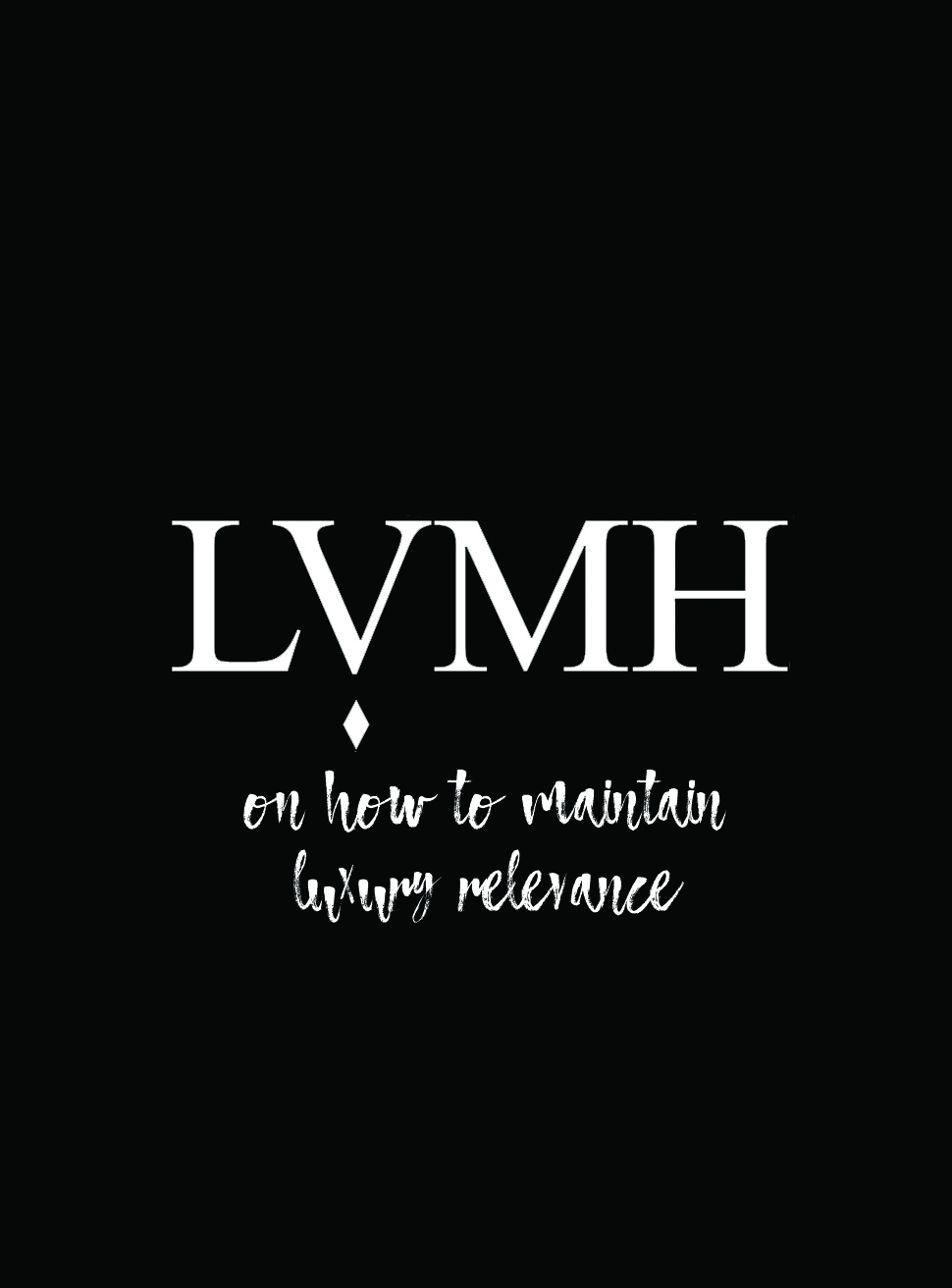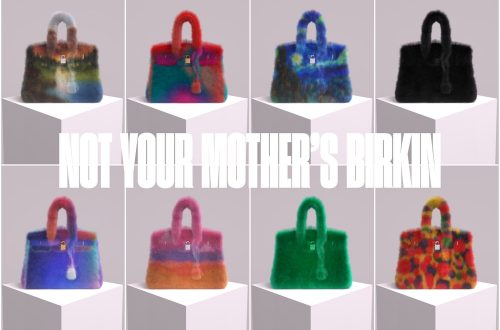A Keynote Speech by Mr. Antonio Belloni, Group Managing Director of LVMH
On February 6th, students and professors gathered at Bocconi University to listen to a keynote speech by Mr. Antonio Belloni (who often goes by Mr. Toni Belloni). Mr. Belloni holds the prestigious positions of Group Managing Director at LVMH, Member of the LVMH Executive Committee, and Member of Bocconi University’s International Advisory Council.
Mr. Belloni is one of the first luxury managers whose background is not rooted in the industry. He worked for many years at Procter & Gamble, becoming Managing Director of LVMH in 2001. At the time when he joined the company, the industry was highly dominated by design, and in the 17 years since then it has gradually evolved by focusing on marketing, innovation, and business development.
The Industry
The market for personal luxury goods is worth €300 billion, while the combined markets of luxury personal goods, cars, art, and hospitality are worth €1 trillion.
The vital question at present is: how do we keep business thriving? This question, though not particularly original, is nevertheless essential due to the unprecedented level of change in the consumer landscape. Four separate generations are coexisting at the same time, and the gap among them is greater than ever seen in history. The generation most hotly debated and under intense scrutiny at the moment is the Millennials, who have taken over spending with regards to both Baby Boomers and Generation X. Millennials are considered as a state of mind, a category of people who impose their values and start trends. However, Mr. Belloni predicts that it will be Generation Z who will be the vector of growth for spending power.
Mr. Belloni also highlights another division among consumers, and this is the difference between developed economies and emerging economies. Among emerging economies, there is widespread urbanization and the middle class making up 60% of the population, fueling growth and spending for the years to come. In developed economies, there is a very different situation in which societies are growing increasingly polarized, causing the middle class to face great struggles, which is in turn is presenting an obstacle for upward mobility.
In 2017, travel went up by 7.6% and is projected to grow at a rate of 5%. There is an undeniable increase in the dissemination of information and culture, as well as of technology in terms of smart devices and internet, the former which has penetrated 65% of the world population. E-commerce in the most advanced markets makes up 20% of the total commerce in that market.
The combination of massive changes in the possibilities provided by technology and the internet are putting a major threat on the establishment. Mr. Belloni states that in fast-moving consumer goods, 90 out of 100 of the top brands are losing market share in core categories to smaller emerging brands, and department stores and malls are closing at unprecedented rates.
LVMH and the Luxury Market
Perhaps the most renowned luxury conglomerate in the world, in 2017 LVMH boasted sales of €42.6 billion and operating profit of €8.3 billion, increases of 13% and 18% from 2016, respectively.
Heritage is of particular importance for the company, 25 of its 70 brands being older than 100 years old. This presents a responsibility to keep them thriving and developing, as some of the most powerful assets of the giant come from the enduring values of its companies. These enduring values are quality, exclusivity, potentiality, and adaptability, the sum of which create an inimitable desirability.
The global market changes highlighted previously also apply to the luxury market. The technology revolution is being led by China and the United States, whose consumers combined account for 50% of luxury consumption, and in 2017 accounted for 70% of growth.
Mr. Belloni highlights the rise of global urban platforms that have allowed for convergence towards an international lifestyle, the former which represents the core of global luxury. These platforms have led to two major changes in the market.
First of all, the market is becoming more fragmented. Prior to the globalization of media, the system of production was linear, meaning that brands manufactured their own goods, sold them in stores, and advertised in magazines. Nowadays, the ecosystem is much more open and dynamic, with multiple points of interaction between consumers and brands. Whereas previously brands sent out messages, today they have increasingly limited control over the dialogue surrounding them, which takes place in the form of a web of conversation. The system is also more open than ever due to barriers to entry coming down. Retailers are searching for friction points in the system, who by targeting these areas can enter into the market by creating a niche.
The second major change is that luxury consumers live differently. While 65% of the world population has access to smart devices, this number skyrockets to 98% when isolating the luxury consumer segment. These shoppers have immense access to information, but in particular are searching for guidance and curation to navigate the ecosystem. They are curious, experimenting, and quick to let go of established habits, and are demanding innovation, customisation, and excitement. What they are looking for is social meaning, clever value, and direct-to-consumer experiences, with the end goal of individuality.
A major characteristic of the luxury consumer is zero tolerance for friction. The demand for fluidity of services is heightened by the quality of services provided in other industries, which allows the consumer to enjoy an increase in the asset they prefer most above all: Time.
The Future of LVMH
Mr. Belloni goes on to highlight some of the essential measures vital to success in the luxury sector. Two have already been discussed: quality, heritage, and authenticity, and fluidity with online services. A third is the creation of iconic stores. These stores aim to provide experiences beyond storytelling, to what Mr. Belloni describes as ‘storyliving’.
The environment of LVMH itself is entrepreneurial and future-oriented. It is important to focus on keeping brands fresh and in-tune with zeitgeist and new ways of consumption, and the best way to do this is to be out in the field: in stores, observing and speaking with customers. It is also crucial to continue asking questions, and also learn from both big and small competitors. Unique to LVMH is its diversified areas of business, which Mr. Belloni describes as an asset. Because the different categories of businesses are not moving at the same speed, they provide crucial information to the company.
Maintaining the individuality of its brands is also very important to LVMH. The maisons are vertically organized, are managed individually, and do not share major information with one another. In the case that LVMH is interested in acquiring a new brand, its attraction will rely less on the company’s financials and more on its special assets and unique products. A major criterion is whether or not the company up for acquisition will still be around in 50 years.
LVMH and Universities
LVMH has many connections with universities, including Bocconi University. Mr. Belloni, as mentioned earlier, is a Member of Bocconi University’s International Advisory Council. Furthermore, in 2016, the position of LVMH Associate Professor of Fashion and Luxury Management was created at Bocconi University, currently held by Professor Emanuela Prandelli.
Mr. Belloni highlighted the importance of staying in tune with universities, as they not only represent the leaders of the future, but also the consumers of the present (and future). It is a two-way street for students and universities, which is why LVMH has taken active steps to be engaged with top universities, especially in Europe. In recent years, LVMH has set up the Inside LVMH program, an opportunity for students and interns across LVMH’s partner schools to discover the luxury sector through talks, masterclasses, and work sessions with the company’s brands, including Christian Dior Couture, Berluti, Sephora, and Chaumet.
by Yongjia Cheng






